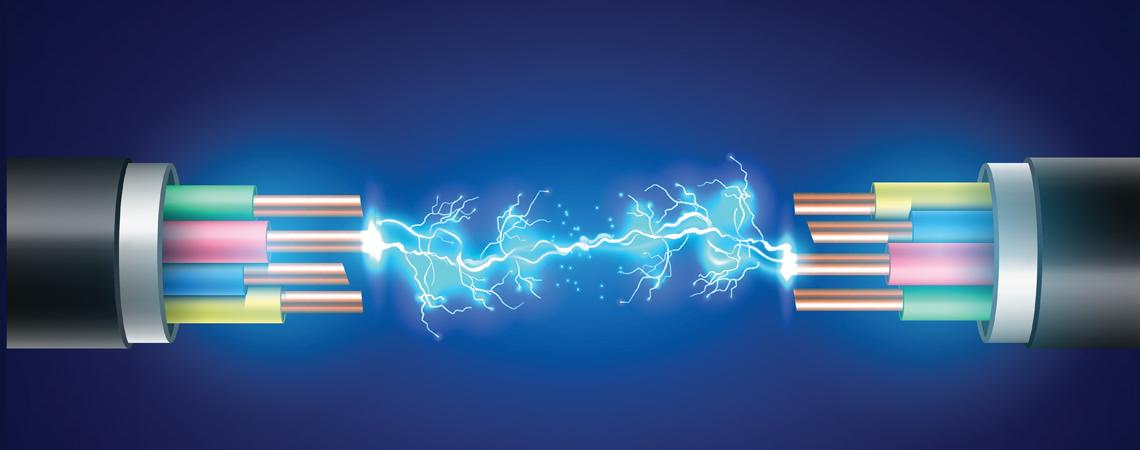Safety never just happens. It’s an intentional outcome of rigorous standards, thorough testing, and continual training.
Electricity runs (or can run) nearly everything in our lives. It’s such an integral part of our everyday lives, in fact, that we rarely even think about all the benefits that electric service brings to our homes and businesses every minute of every day.
At the same time, it’s even less often that we consider how dangerous electric current can be without proper safety practices and precautions; improvements to the safety features found in everything from major appliances to basic household wiring let us take advantage of all those benefits without much of a thought. But because of that potential danger, safety is always top of mind at your electric cooperative.
Electricity is produced at our power plants and transmitted around the state at very high voltages — up to 345,000 volts. At such high voltages, it’s almost impossible to safely approach energized electrical equipment. In order to distribute that power throughout the communities we serve, co-ops use transformers to step down the high-voltage current, typically to between 7,200 and 12,000 volts. At that level, the systems can be safely managed — by highly trained lineworkers and technicians using specialized equipment. When the stepped-down current reaches closer to your home, another set of transformers again lowers the voltage, this time to the more familiar 120 or 240 volts that we use in our households.
But even at these lower voltages, electricity is still extremely hazardous, which is why the conductors that carry it in our communities are either attached to overhead poles or buried underground in insulated cable — either way, the system is designed to be located safely away from potential contact by the public. Of course, it’s not foolproof; things like large equipment, improperly placed ladders or lifts, traffic accidents, or even poorly located trees can potentially lead to a high-voltage contact.
That’s where precaution and safety training come to our aid.
Electric cooperatives spend significant time and effort on safety training, and they go out of their way to create public awareness — helping people avoid hazardous situations if they can, and showing them how to react when it’s unavoidable. Our story this month about the mobile safety training unit that folks can see at Farm Science Review each September has some great information on electrical safety. I encourage you to read the story on page 4, and if you’re planning to attend the Farm Science Review this year, check out one of the safety demonstrations at our Ohio’s Electric Cooperatives building on the grounds there.
Much thought and decades of experience have come together to allow us to safely enjoy the benefits of electric service nearly anywhere. Fortunately, most of us never have to give it a second thought. But safety never just happens. It’s an intentional outcome of rigorous standards, thorough testing, and continual training.
Hope you all enjoy a relaxing and safe Labor Day weekend.









